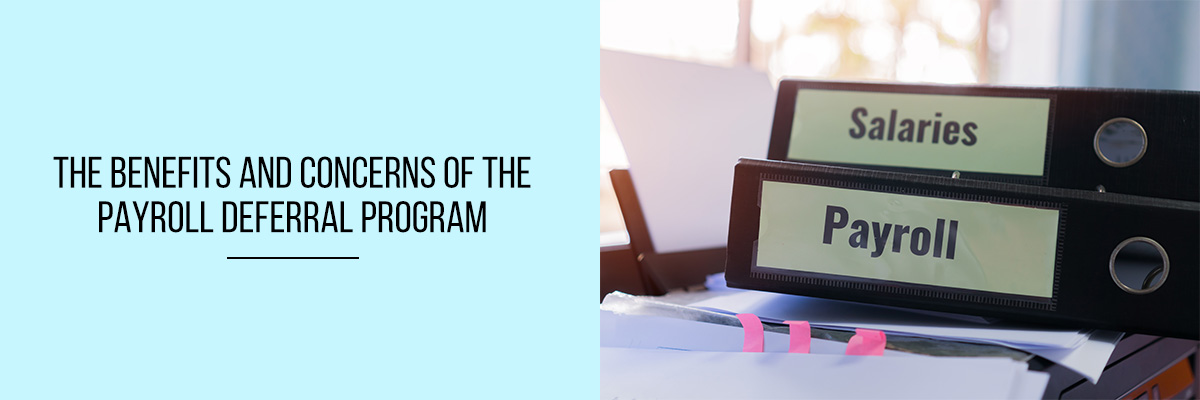On August 8, President Donald Trump issued an administrative order enabling organizations to defer payment and withholding of some specific worker servings of Social Security taxes. Approximately three weeks afterward, the IRS (Internal Revenue Service) and the Department of the Treasury issued Notice 2020-65, which executed the administrative order.
In this article, let us consider the Payroll Deferral Program on the big picture.
Deferral is Optional for Organizations
Organizations may choose to defer the payment, deposit, and withholding of some workers’ Social Security tax of 6.2% for wages paid within September 1, 2020, and December 31, 2020. There are no contradictory repercussions for organizations that choose to opt for the program.
Workers eligible for deferral must have compensation or wages less than $4,000 payable throughout any bi-weekly pay period. The deferred amount would be withheld and deposited from compensation and wages paid from January 1, 2021, to April 30, 2021.
Benefits of the Payroll Tax Deferral
The advantage of the payroll tax deferral is that it embeds more money in the pockets of employees with each paycheck. The employees will use the extra cash and help strengthen the struggling COVID-19 economy. Presumably, this uncollected tax will be acquitted in 2021, assuming Donald Trump wins the election again.
The 12.4% payroll tax is imposed on incomes of as much as $137,700 in the year 2020. Organizations and workers split the bill so that each pays 6.2%. Organizations received a release from paying their percentage of the tax under the CARES Act that President Donald Trump signed in the last spring. The August order prolongs the temporary relief to employees’ part of the tax.
The program does not require organizations to prevent withholding payroll taxes, and even a lot of organizations probably won’t. The assistance coming from the plan would be brief and organizations would still have to evaluate how to pay the tax when the program ends on December 31.
Concerns of Deferring Payroll Taxes
President Donald Trump asserts that the tax holiday will place more money in employees’ pockets and vitalize the struggling economy in the Covid-19. But the critics state that the program will potentially create an issue next year when workers paychecks shorten to make up for the tax unpaid.
The program does not specify the ways through which the deferred tax will be raised. Possibly, a lot of organizations might opt to extend withholding their workers’ payroll tax and later pay it to the IRS at the end of the year.
Final Words
As the tax holiday aggregate to an interest-free loan, it is not clear how the program will stimulate the economy. Even some workers receiving the deferral might use more now.
To know more about the benefits and concerns of the Payroll Deferral Program, attend the webinar conducted by Compliance Prime.


